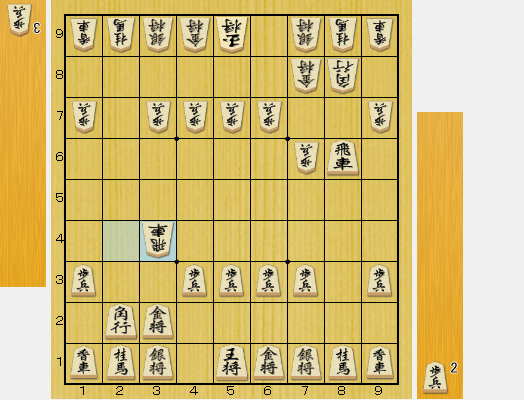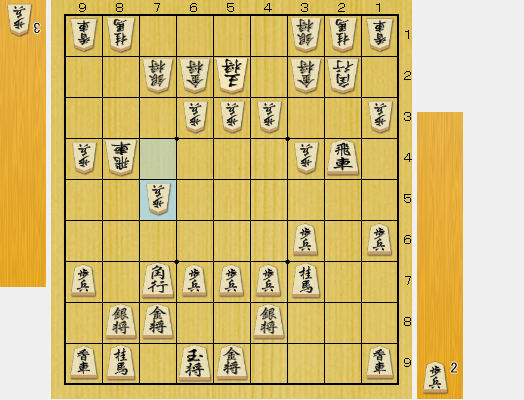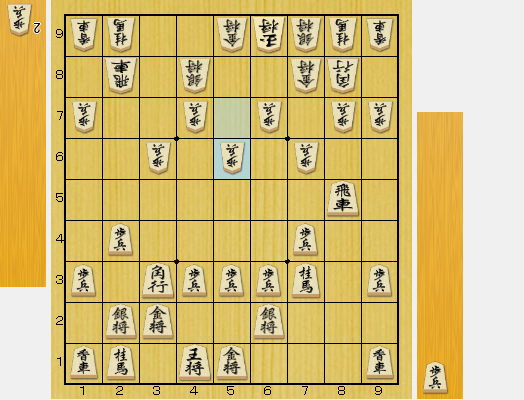Introduction
In this article we are looking at one of the main lines in modern shogi, the Side Pawn Picker variation. While they used to say that ‘taking the side pawn gives seven years of problems’, nowadays players know how to best defend against dangerous counterattacks such as Double Side Pawn Picker and B*4e variation.
Therefore Gote in above position most frequently doesn’t exchange the Bishops rightaway but plays B33, postponing the fireworks. At some point Gote’s Rook will be attacked and it will then retreat to 85, the Chuza variation. This dynamic move brought this opening completely back to fashion a few years ago. Gote then proceeds with building Nakahara’s King, while Sente’s King typically stays in the centre. After that normally the Knights are joining the game and an exciting battle starts!
A typically position after Gote would complete its Nakahara’s King and before the Knights are joining looks like this:
In this article we will look at tactics and ideas that occur frequently in this type of positions.
Note that the position is quite symmetrical, so most of the ideas should be considered by both players in both attack and defence!
The P75 sacrifice and attacks on the knights head
I frequently encounter a Bishop exchange followed by N77. This loses a move and the knight on 77 can become a target.
Zwanzigst-Twaburov 23-12-2017 81dojo
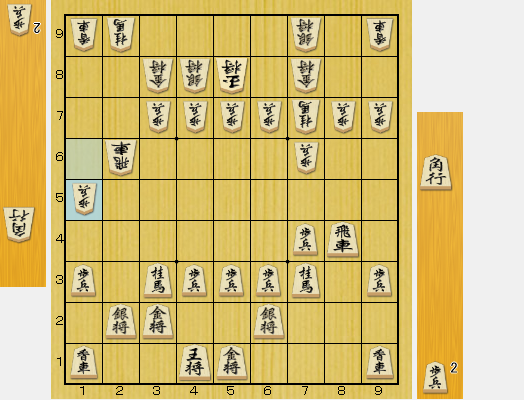
This position is a clear example where I can directly attack the Knight’s head with P75. If Sente takes it with Px75, then after Px76 Rx76 B*54 and P*76 on the next move again Gote can insist on winning the knight. Something similar will happen if Sente leaves it as it is: Px76 Rx76 B*54 etc.
With the Knight on 77, the Pawn sacrifice P75 can also be good without directly winning material.
Juupke-Twaburov 2017 jijbent.nl

Also in this game my opponent exchanged the bishop and pushed back my Rook. Now he dropped the bishop to further harass my Rook. P75 is a very strong pawn sacrifice here.
It opens the 4th rank for the Rook and puts pressure on the 7th file. If Sente takes with the Pawn, the Knight directly falls prey to the pawn after P*76. My opponent took with the Bishop and after R74 the situation on the 7th file is pleasant for me. Few moves later I found a good moment to take the hostage piece and still win the Knight:
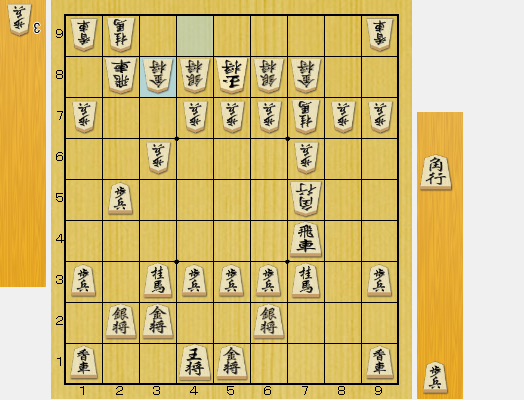
I played Rx75 Px75 P*76 after which I gained a material advantage, and by attacking with my Knights I could soon seize the initiative.
When after the Bishop Exchange Sente carefully builds his position, he could try to harass Gote’s Knight on the other site.
Bjerke-Burg ESC 2016

My opponent played very well so far and now has the serious threat P*24 Sx24 P*34. This shows it is difficult to defend the Knight’s head! I was forced to open the 4th rank with the P75 sacrifice and to play actively for counterplay after that.
A bottom Pawn is solid as a rock
As Gote’s 3rd file pawn was eaten by the Side Pawn Picker, it can be dropped on 31. This can be useful when Sente manages to break through on the 2nd file.
Kambuy – Twaburov WSL 2017
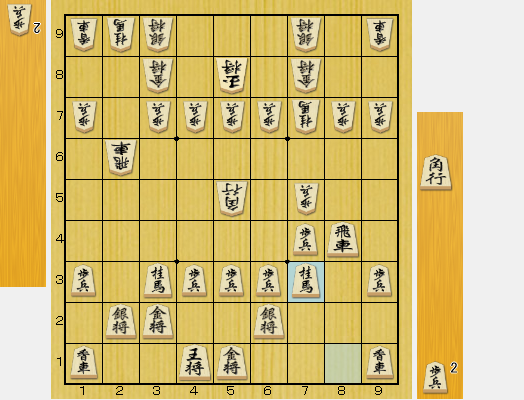
In this position my opponent decided to sacrifice his Bishop to promote the Rook and take my Lance. However, after Bx33 Sx33 R21+ I can drop a bottom Pawn with P*31. After Rx11 Px75 I also went on to win the Knight. Note that in this opening a Bishop is a very powerful piece, as it can simultaneously control all the 4 corners! A lot of forks are possible. Therefore the Bishop sacrifice was not a success.
Using the Bishop for an edge attack
Bishops are very powerful in this type of positions and in both sides they can help both in the attack and in the defense. Sometims they can support an edge attack.
De Schepper – Burg Liege 2016
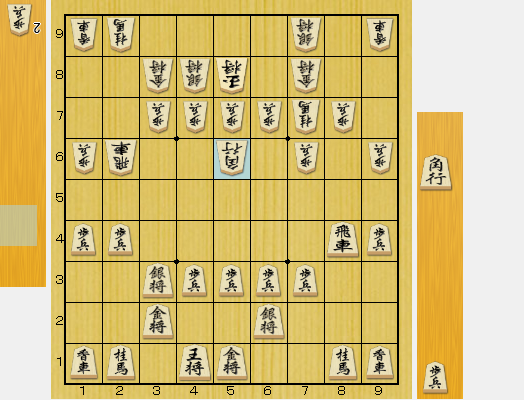
In above position my opponent just dropped his Bishop, and possible ideas are P95 Px95 P*92 or P15 Px15 P*12. This is however a bit slow, and P74 with the idea of P75 would have been strong again here. However, I went for a similar plan with P54. I wanted to drop the Bishop on 53 which would have influence on both sides as well. After P66 P95 Px95 P*97 my opponent could not take because of the Rook-Lance fork B*53. After that I could easily break through on the 9th file and win the game.
A timely P*86 and dropping a pawn on the 2nd file
When Sente plays P*87 and the Rook goes back, there is an option to play P*86 at the right moment and reinitiate the battle on the 8th file. This can be especially effective when the side Pawn is unguarded, so P*86 Px86 Rx86 P*87 Rx76 could be possible.
Twaburov-Bluemurder 24 december 2017 81dojo
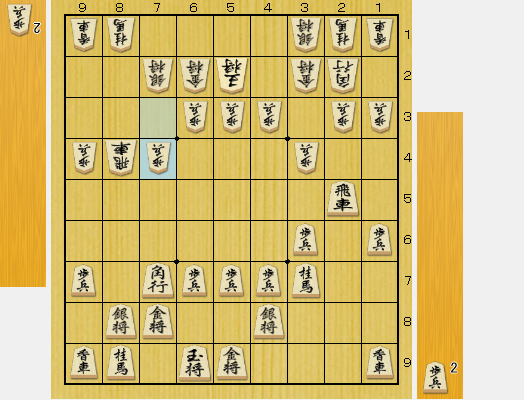
In this game we are in the same variation with reversed colours. In the opening I played a waiting move P16, and my opponent took the side Pawn. In the position above my opponent just played P74 I thought it is a good moment to play P*24, because the side Pawn is unguarded. It would have been even better to harass the opponent’s rook first with P*85. Dropping a pawn on this file can have a few advantages:
- It reduces the impact of the Rook on this file and the opponent will have a hard time breaking through.
- When attacking the opponent’s Rook, it has to choose whether it moves sideways or backwards, in either case it loses influence.
- It can be used as a foothold for attack. For example, with a pawn on 86 in above position, I could consider bumping the rooks with R85. And with a pawn on 85, later I could drop a Knight on 84.
In this case, the Rook would have to give up defending the 74 pawn, and would not able to stay active along the 4th rank. Instead, after P*24 Px24 Rx24 P75 we reached the following position:
In this position I brought my Rook back to 25. Note that the move P*24 is then not really a threat. There are some effective ways to deal with it, for example Bx77 Nx77 N33 R88 P*22. But anyway the Rook is active on the 5th rank and has a nice influence on the second file.
After R25, Gote cannot play P76 because of BxB SxB B*66, so my opponent played the interesting pawn sacrifice P35. However, after Bx22+ Sx22 Rx35 the Gold is hanging on 32. I then took the pawn on 75 and fulfilled my claim of winning 2 pawns.
As I explained above, another way of using a pawn on the 2nd file is to offer a Rook exchange. After exchanging Rooks the game becomes typically wild very soon, so it is important to calculate it. Psychologically it might be difficult choice for the opponent, who might want a calmer game, and who might be worried about your calculations.
Okamura-Burg ESC 2016
In this position it was actually a good moment for P*86, but I noticed the possibility to offer a rook exchange. After R25 Rx25 Px25 I thought I might have a slight advantage, because it takes only 2 moves to make a strong Tokin on 27. However, he could use the Knight on 28 quickly for an attack. Therefore the best way for him was to accept the Rook exchange and then play as follows:
R25 Rx25 Px25 R*81 R*28 N37 P26 N45 BxB+ SxB P27+ B*46 R29 Nx53+. So it seems that Sente would still be quicker. However, my opponent didn’t trust the complications and blocked with P*26. So I achieved my goal and made his Rook passive. After P*26 R85 S68 I now decided that it was a good moment for P*86. I then collected the side Pawn and won due the unfortunate position of his Rook.
General considerations

This opening normally leads to very interesting positions, and there are much more ideas than the one that I have mentioned so far. Few things that I have seen a few times are:
- An attack by both Knights in the centre, sacrificing them on 57 or 53 for one general and to weaken the position of the opponents king. Such an attack can also be supported by switching the Rook to the 5th
- Successive pawn drops by Sente to force the Silver to a worse square: P*23 Sx23 P*24 S12. This Pawn can then be used as a foothold for the attack.
